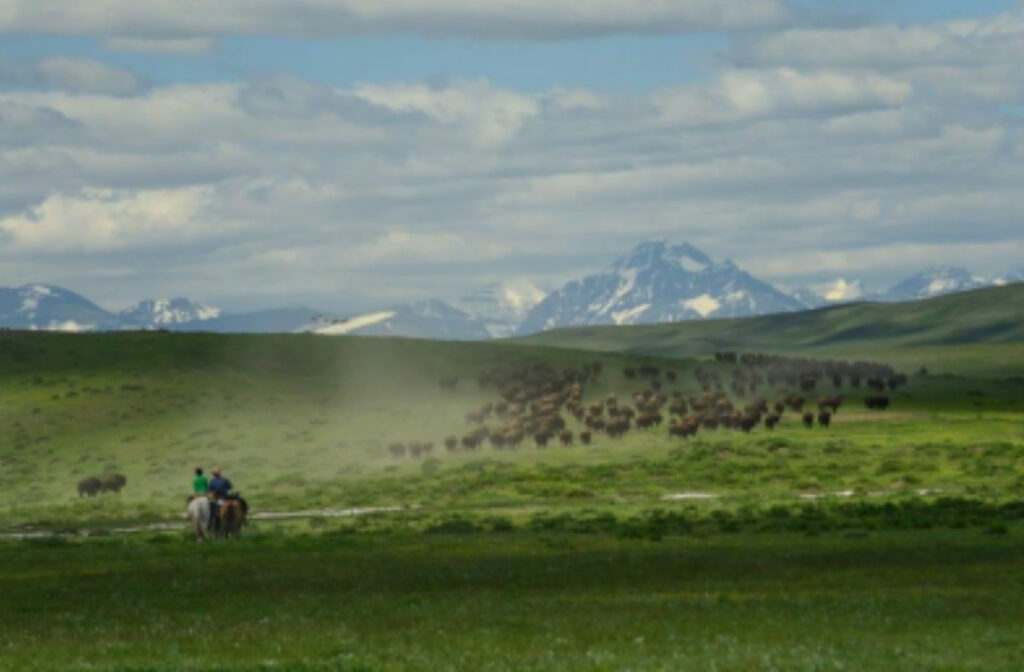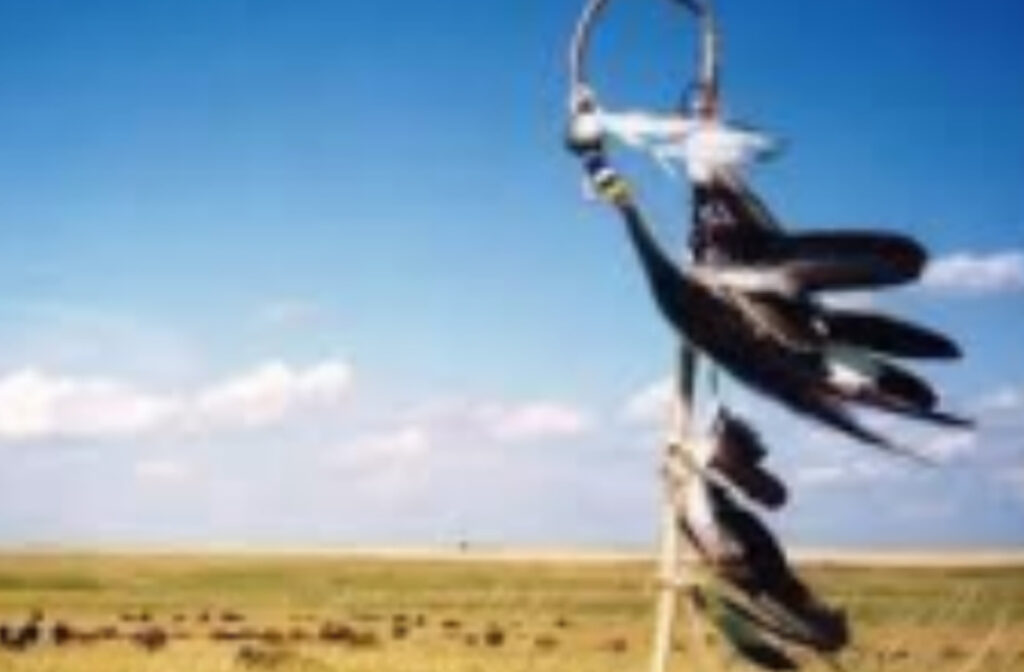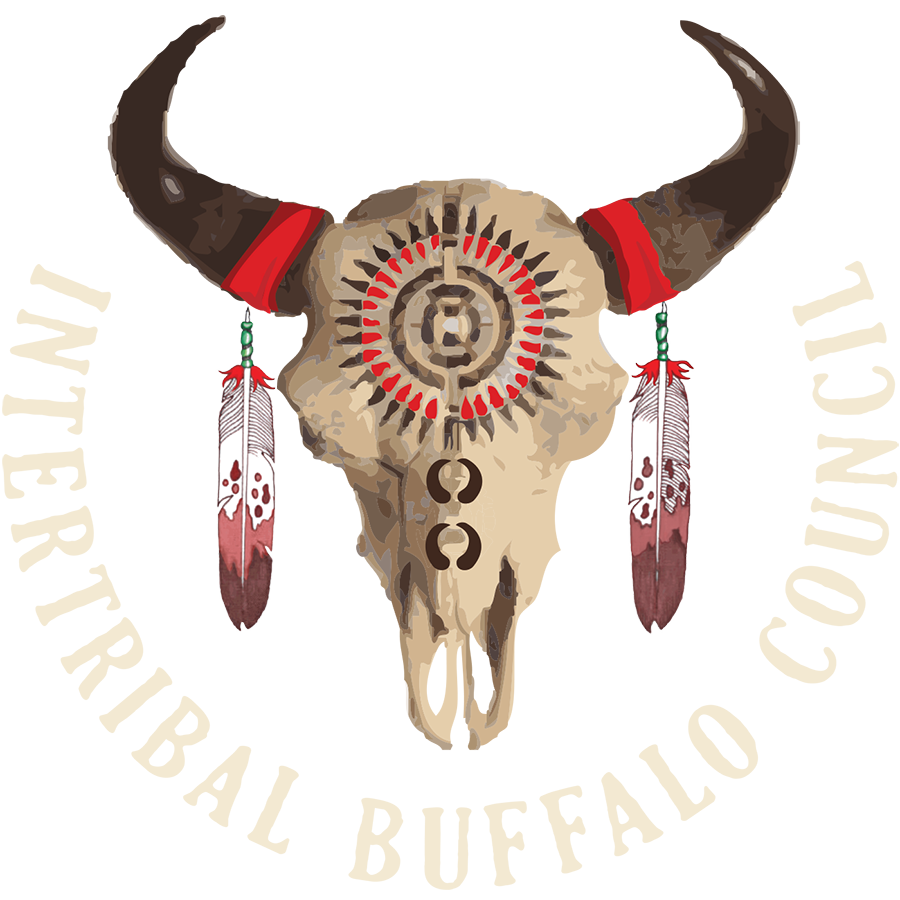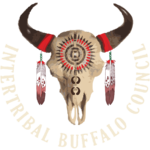Learn More About Us
In February 1991, Tribes gathered in the Sacred Black Hills of South Dakota. Nineteen Tribes from all four directions attended. Lakota representatives from several of the Native Nations in South Dakota were there, as well as the Crow, Shoshone-Bannock, Gros Ventre/Assiniboine, and Blackfeet Nations of Montana. Various Pueblo representatives from New Mexico, and the Winnebago, traditionally called Ho Chunk, from both Nebraska and Wisconsin came. Choctaw Nation of Oklahoma, and some as far west as Round Valley of California arrived. Some of these tribes were historically enemies, but they united for a common mission…
To restore buffalo to Tribal lands for cultural and spiritual enhancement and preservation.

CONTINUING OUR COMMITMENT
ITBC TODAY
ITBC was originally formed as a 501(c) 3 non-profit organization. Since then, ITBC has been reorganized as a federally charted Indian Organization under Section 17 of the Indian Reorganization Act. This was approved by the Bureau of Indian Affairs in 2010. ITBC consists of a membership that includes all the Tribes that have joined the organization and is governed by a Board of Directors, which is comprised of five elected officers and four regional representatives.


Without buffalo, the independent life of Tribal people could no longer be maintained. The Indian spirit, along with that of the buffalo, suffered an enormous loss. At that time, Tribes began to sign treaties with the US government in an attempt to protect the land and the buffalo for their future generations. The destruction of the buffalo herds, and the associated devastation to the Tribes, disrupted the self sufficient lifestyle of Tribal people more than all other federal policies to date.
To reestablish healthy buffalo populations on tribal lands is to reestablish hope for Indian people. Members of the InterTribal Buffalo Council (ITBC) understood that reintroduction of the buffalo to tribal lands will help heal the spirit of both the Indian people and the buffalo.
Although some tribes and tribal members had engaged in production of buffalo for sale and/or for subsistence and cultural use, these activities were conducted by each individual tribe, with little or no collaboration between tribes. In February 1991, at a meeting of the Native American Fish and Wildlife Society in the Black Hills of South Dakota, it was obvious to everyone in attendance that an organization must be formed to assist Tribes with their buffalo programs. As a result, the InterTribal Bison Cooperative was formed in 1992 to coordinate and assist Tribes in returning the buffalo to Indian Country.
In April of 1992 tribal representatives gathered in
Albuquerque, NM. It was at that meeting that the InterTribal Bison Cooperative (ITBC) officially became a recognized tribal organization. Officers were elected and began developing their criteria for membership, articles of incorporation, and by-laws. In September of 1992, ITBC was incorporated in the state of Colorado and that summer ITBC was headquartered in Rapid City, South Dakota.

